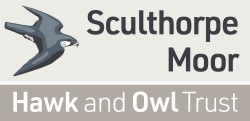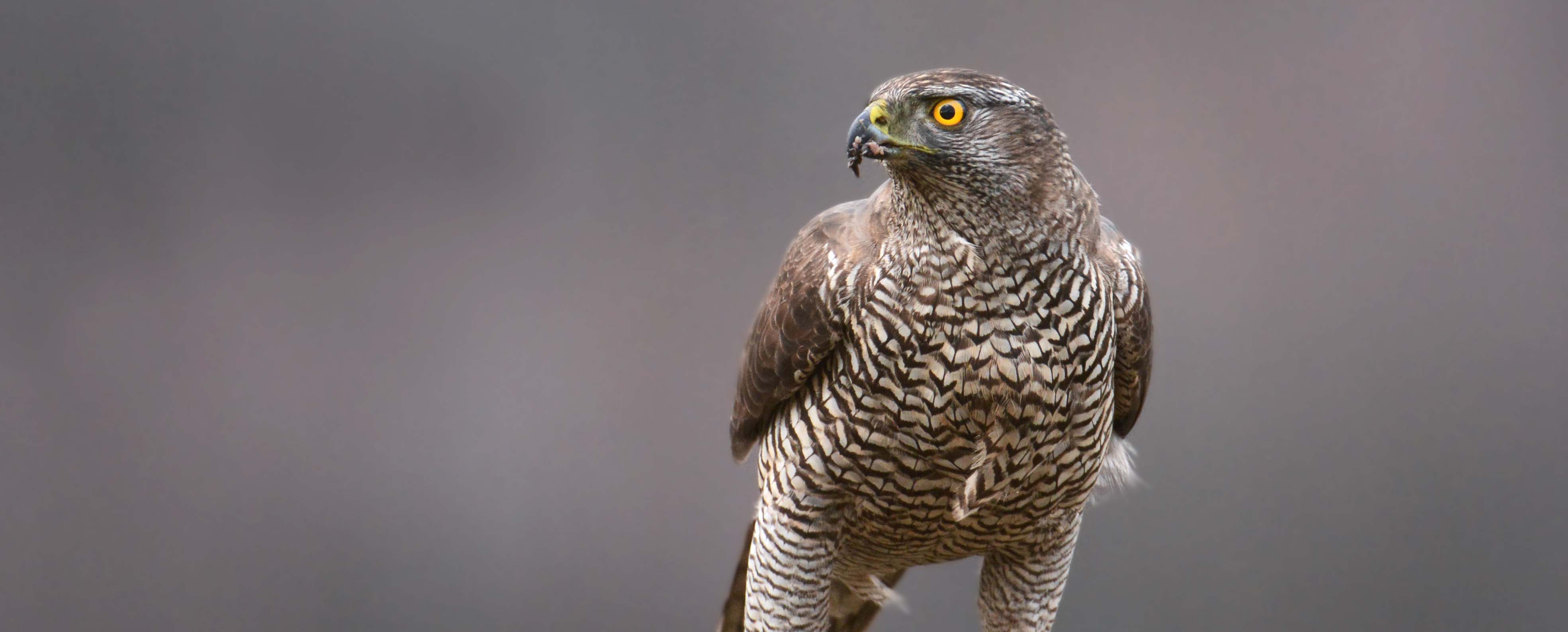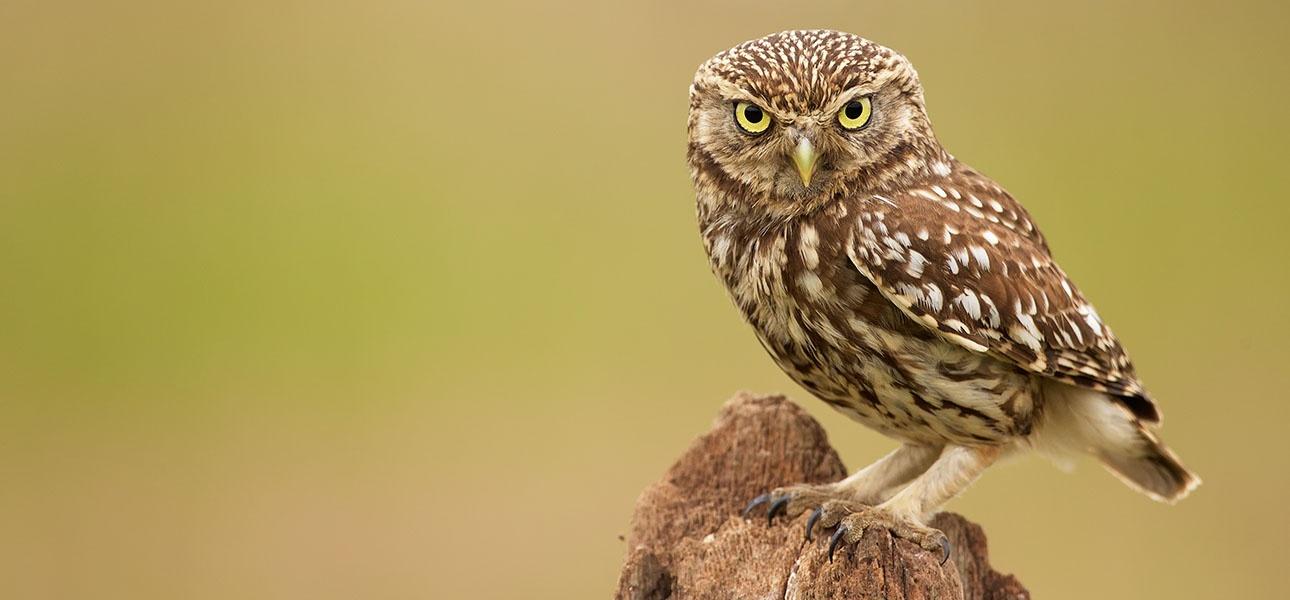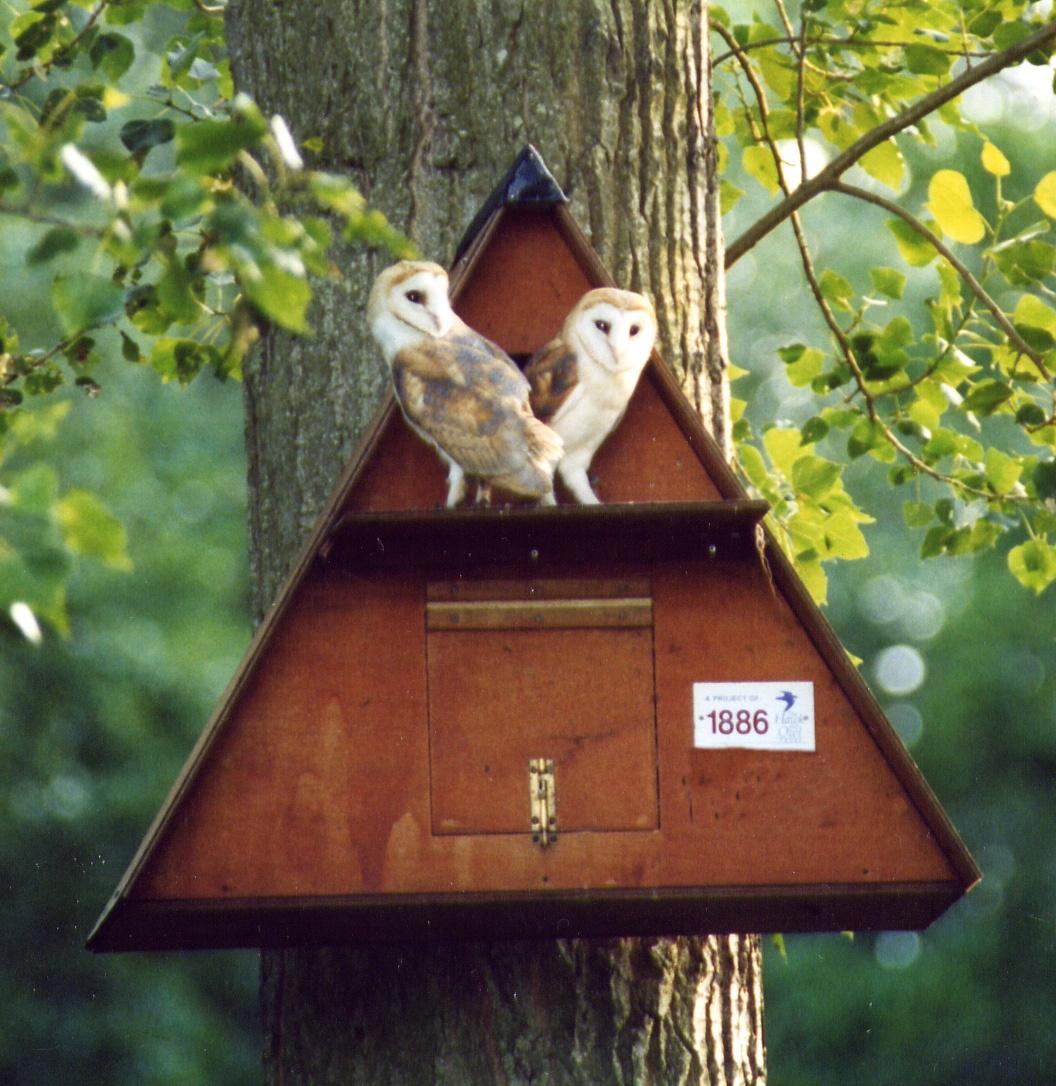The Natural Beauty of the land around Fakenham in Norfolk
Fakenham, a charming town nestled in the heart of the Norfolk countryside, is a place of picturesque landscapes and diverse wildlife. The town is bordered by the River Wensum, a designated Site of Special Scientific Interest (SSSI) and Special Area of Conservation (SAC). Within Fakenham, the Hawk and Owl Trust – Sculthorpe Moor, under a lease agreement with the Fakenham Town Council, manages three fields, totaling 9.32 acres or 3.77 hectares. These fields, namely Goggs’ Mill, Edmundson’s Acres, and Bacons Piece, are all part of an Environmental Stewardship – High-Level (ESHL) DEFRA agreement, aimed at enhancing the management practices and long-term sustainability of the land in and around Fakenham.
Goggs’ Mill Meadow: A Historical Gem
One of the fields managed by the Hawk and Owl Trust is Goggs Mill Meadow, named after Thomas Goggs, who owned and worked the Hempton watermill between 1854 and 1888. The mill itself was depicted on Faden's map of 1797 but was sadly demolished in 1955. This meadow spans 1.1 hectares and is an integral part of the conservation efforts undertaken in the region.
Conservation Through Environmental Stewardship
All three fields managed by the Hawk and Owl Trust fall under the ESHL DEFRA agreement. While these fields are not designated as wildflower grassland meadows, they are classified as Fen Habitats, typically characterized by rushes, sedges, and wetland grasses. As a result, the management practices for these fields are aligned with the prescribed ESHL agreements.
The ESHL agreement does not require cutting every year but rather recommends a rotational cutting approach over a 5-8 year period. This strategy aims to rejuvenate plant species and promote a balanced ecosystem. To ensure the effectiveness of cutting strategies, the Trust collaborates closely with the Sculthorpe Moor Rangers. Together, they optimize biodiversity and maintain the aesthetic appeal of the region.
Unlike traditional hay meadows, the approach taken in Fakenham allows for longer vegetation growth, providing ample habitat for voles and other small mammals. These creatures, in turn, serve as prey for Barn Owls and Kestrels, contributing to the overall ecological balance of the area. Additionally, grazing may be implemented from May to September annually to control sward height, and a margin of at least 2 meters around the edges is left longer after cutting to provide grazing opportunities for livestock and further benefit prey populations.
Preserving Biodiversity: Nesting Boxes and Wildlife Conservation
To support the local owl population, the Hawk and Owl Trust has erected Barn Owl and Tawny Owl boxes in Edmundson's Acres and the adjoining land. These purpose-built nesting boxes provide essential nesting and roosting places, creating a haven for owls to hunt and thrive. In addition to the owl boxes, small bird boxes will be installed in Edmundson's Acres, enhancing the diversity of avian species in the area.
In an effort to promote bat conservation, plans are underway to install bat boxes in the standing dead alders of Edmundson's Acres. These bat boxes serve as artificial roosting sites, providing shelter and protection for these nocturnal creatures that play a vital role in maintaining the ecological balance of the region.
The Commitment to a Sustainable Ecosystem
The Hawk and Owl Trust is dedicated to preserving the natural beauty and biodiversity of the Fakenham region. By implementing effective habitat management strategies, erecting nesting boxes for owls and birds, and conducting regular surveys, the initiative aims to create a sustainable ecosystem that benefits the local wildlife and fulfills the requirements of the ESHL agreement.
Through careful stewardship and collaboration, the Trust strives to ensure that Fakenham remains a haven for wildlife and a place of natural beauty for generations to come.
Additional Information:
- The Fakenham Town Council plays a crucial role in collaborating with the Hawk and Owl Trust to manage the fields under the ESHL DEFRA agreement.
- The River Wensum, which borders Fakenham, is not only a beautiful natural feature but also provides a habitat for a wide variety of plant and animal species.
- The Hawk and Owl Trust is actively engaging with Natural England to determine the necessary licenses and surveys required for any future work on the old pond in Goggs' Mill Meadow as this is currently not covered by the ESHL agreement.
- Regular monitoring and surveys are conducted to assess the effectiveness of the conservation efforts and track changes in the local wildlife populations.
At the Hawk and Owl Trust - Sculthorpe Moor we love dogs, but on our nature reserve wildlife is our priority.
We are sorry but we do not allow dogs belonging to members of the public (except for assistant and guide dogs) on our nature reserves.
If you are visiting with a dog, please do not leave it in the car in the car park during warm weather. Thank you
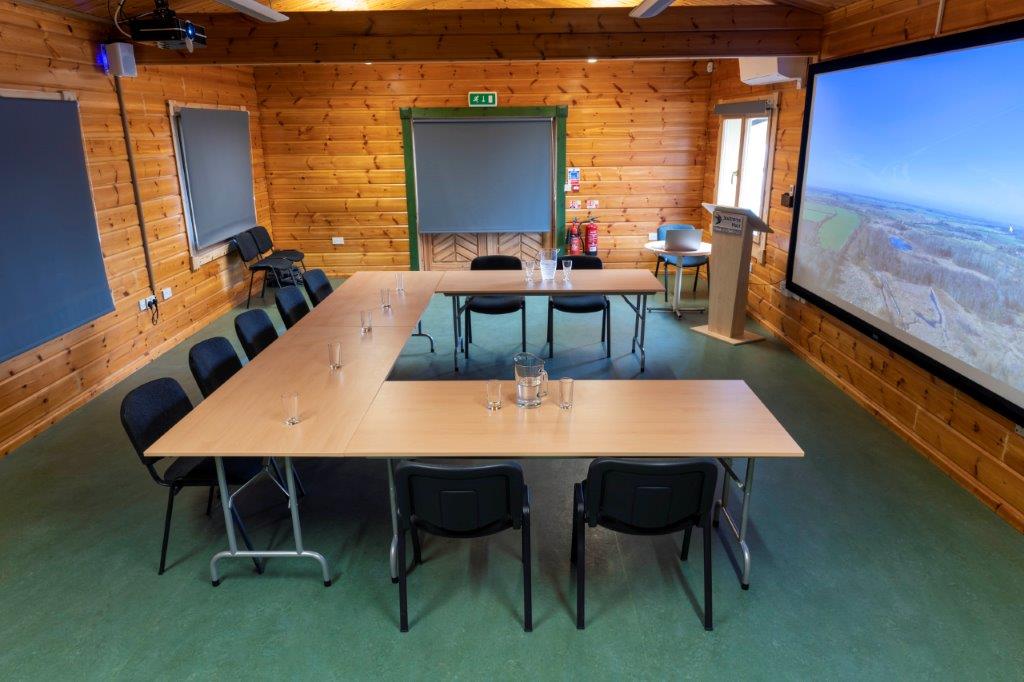 Meeting space at Sculthorpe Moor
Meeting space at Sculthorpe Moor
If you are looking for flexible, good-value business meeting space for up to 40 people, consider the meeting room at Sculthorpe Moor Nature Reserve. Whether you are hosting a business meeting, training seminar or team-building day, it is a great venue. It is a climate-controlled, light and airy space. It is also flexible and can be set up in either theatre or classroom style.
As well as new, comfortable furniture, the room is equipped with a projector and screen for presentations. There is also a newly equipped kitchen for drinks and refreshments. If necessary, we can organise buffet lunches to be delivered for your guests or recommend local caterers should you prefer to make your own arrangements. And, as part of your hire fee, guests will all be able to take a break to discover more about the reserve to see the amazing wildlife that we have here.
 Meeting space details:
Meeting space details:
Availability – weekdays only between 9 am-5 pm
Room size – 10m x 5.75m
Sculthorpe Moor Nature Reserve
In September 2019, after a successful application to the Green Recovery Challenge Fund, the Trust secured a grant.
The project was in two stages, based at the Sculthorpe Moor Nature Reserve – Norfolk.
- Creation and reintroduction of Beaver area
- The diversion of flood water from the Wensum to Hempton Moor, south of the Reserve, and enhancing its wetland habitat (reedbed & ponds).
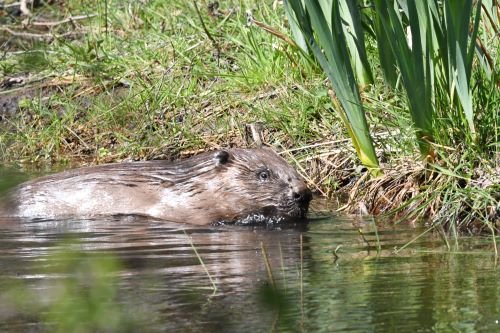
Visitors to the reserve who have witnessed the beavers firsthand appreciate their contribution to the local ecosystem. The Hawk and Owl Trusts’ main direction is the conservation of wild birds of prey (raptors) and their habitat.
In Nature, each and every living thing is important, and the fine connections that exist between all organisms are what help maintain balance. A food chain is a group of living things where each member is eaten by another member. Plants and animals in a community are linked by what they eat or what gives them energy.
The food chain is what keeps an ecosystem in balance. All living things depend upon each other. As predators, birds of prey have their own role to play in this equilibrium.
Raptors are at the top of the food chain and play a key role in their ecosystems. When populations of birds of prey go down, then the numbers of their prey species go up, creating an imbalance in the ecosystem. Therefore, the creation of the enclosure and woodland has led to an increase in the number of raptors on site and initial signs show an increase in biodiversity.
Whilst there are elements that have not been delivered there is a significant proportion that successfully has.

Why use beavers?
They have a preference for tree species with soft wood such as willow, birch, alder, aspen, ash, poplar and hazel but what they will eat is relative to what is available.
Foraging by beavers brings a range of biodiversity benefits. Selective feeding and tree felling opens up woodland canopy, allowing more light to reach the ground, enabling the regeneration of understorey vegetation, increasing the diversity of plant, lichen and bryophyte species, and improves feeding opportunities for insectivorous birds and bats.
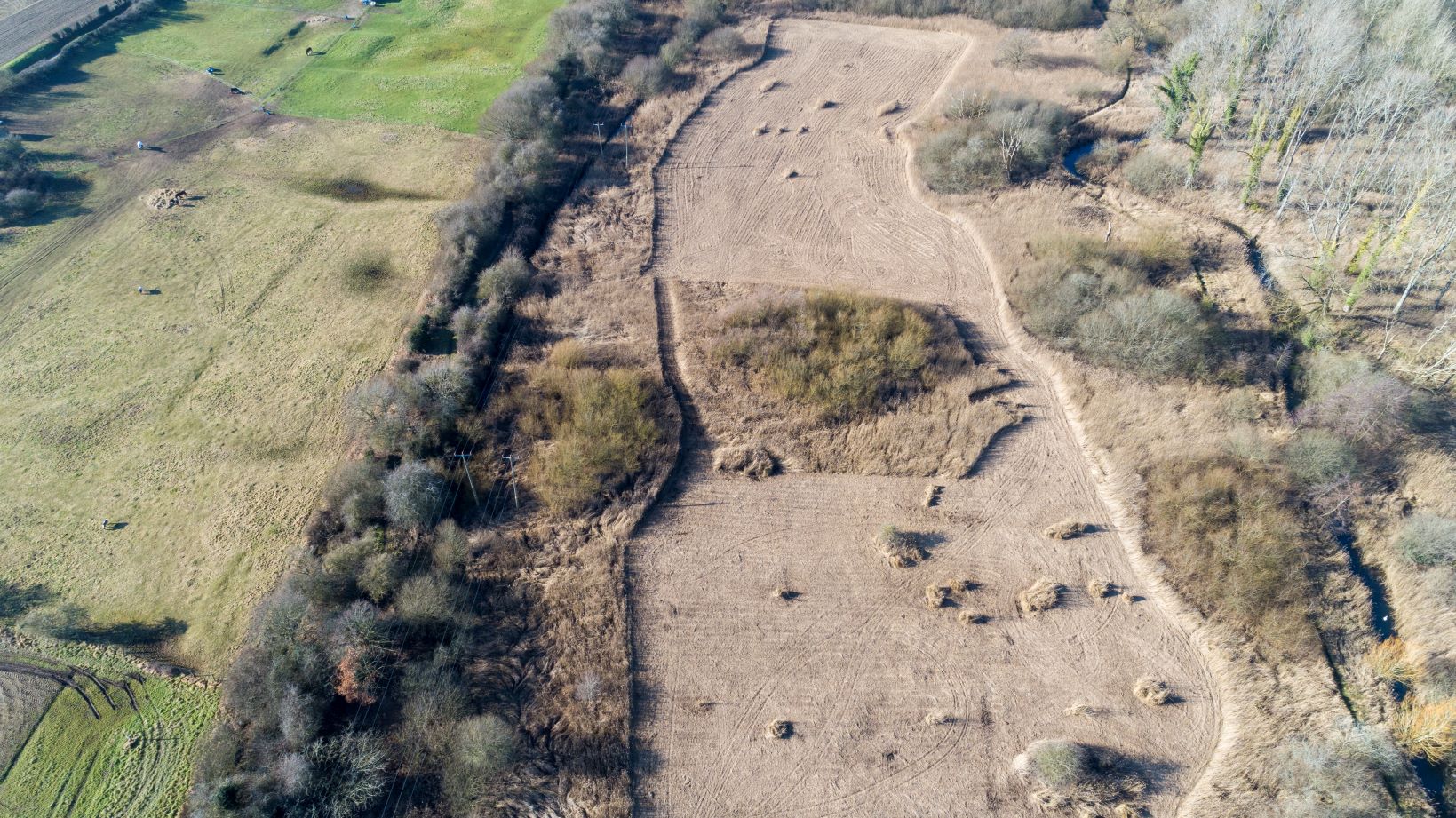
Opening up of the canopy also results in increased light hitting water-bodies which has been shown to increase breeding in amphibians and can raise the water temperature leading to an increase in the number of aquatic invertebrates but increased temperatures may favour non-salmonid species which have a greater tolerance for lower oxygen levels in the water.
The increase in standing and felled deadwood on land and in water from beaver foraging has also been shown to provide valuable habitat for fungi, invertebrates and beetles which act as a food source for many species of amphibians, birds and fish. Deadwood both on land and in water provides shelter for many species from their predators, along with breeding sites. Finally deadwood in water increases scour resulting in more dynamic and naturalisation of river systems.
